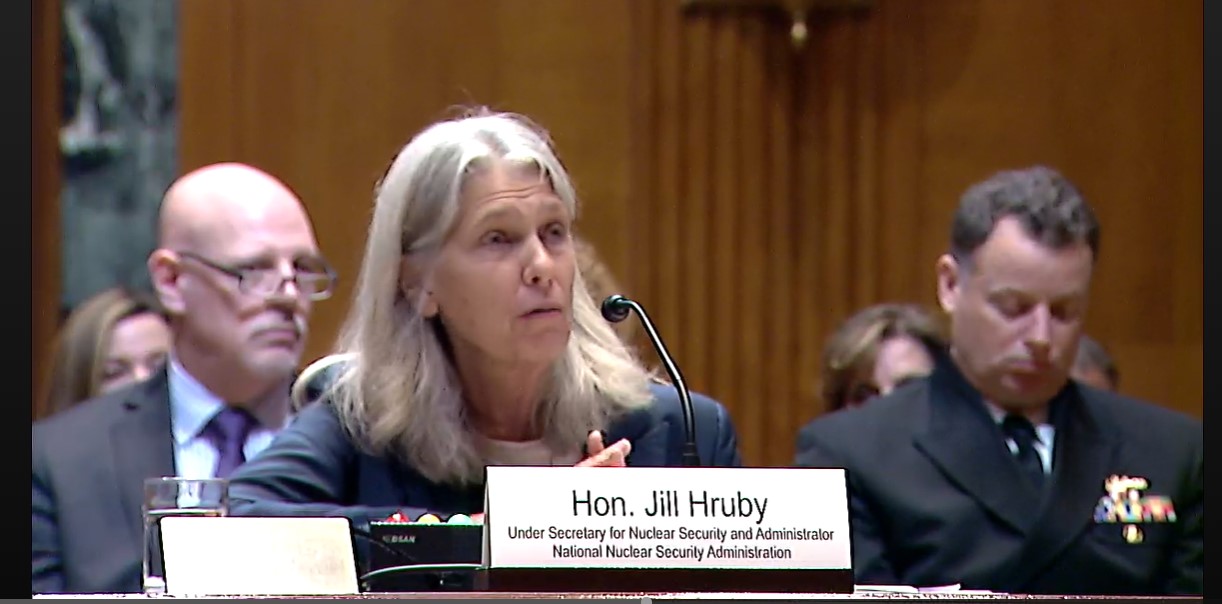
The flood of employees leaving National Nuclear Security Administration sites that peaked during the COVID-19 pandemic has ebbed and the workforce needed to modernize the U.S. nuclear weapons complex is short-staffed but holding, the head of the agency said Wednesday.
“The overall attrition is close to normal now at both Los Alamos and Sandia and across the complex,” Hruby said. “We still have pockets where it’s very competitive. … We need to continue to lean forward and we need to provide the very best work environment because we have the very best work so we can keep people off. We can do that.”
About 30,000 people are employed at Sandia and Los Alamos, both of which have cited workforce retention and recruitment as a primary issue for program delays and other challenges in performing their national security missions, Sen. Martin Heinrich (D-N.M.) pointed out.
A shortage of construction workers and professional scientific staff at Los Alamos National Laboratory and Sandia National Lab in New Mexico and the Savannah River site in South Carolina has repeatedly been blamed by NNSA officials for an expected delay in reaching production of 80 plutonium pits per year by 2030.
While defending NNSA’s $23.8 billion budget request for fiscal year 2024 on Capitol Hill, Hruby has told several congressional committees that hiring craft workers, construction is a primary hurdle before reaching the administration’s legally mandated pit production goal.
She and Deputy Secretary of Energy David Turk shared the same lament with the Senate Appropriations subcommittee on energy and water on Wednesday but said new policies are helping retain existing workers while attracting new employees.
Turk said funding from the 2023 National Defense Authorization Act was aimed squarely at addressing the issue. Hruby said new policies, including a mid-year salary increase at NNSA labs, plants, and national security sites stemmed the tide of employees leaving the weapons complex.
“I’m happy to report we’ve made some changes that are helping not we’re not gonna take our eye off of it,” Hruby said. “We can’t do our job without those 30,000 people and all the other people in the enterprise. As we lean forward in terms of adding flexibility to benefits that are more consistent with the high-tech industry we have to compete with. We lean forward in terms of a competitive raise package for ‘23. And as a result of those activities, among other things we’re trying to improve the work environment and productivity.”